In which we discover that being a bear is not always permanent, kindness is key to a happy life, owning treasure does not improve your temper and that spice and warmth improves most drinks.
This is the third of four seasonal story and festive food related episodes to take us through December and lead us to the big midwinter celebration of your choice, I hope you enjoy the slightly different focus. I will again let today’s story to speak for itself and allow it to weave its seasonal magic spell.
In which we discover that being a bear is not always permanent, kindness is key to a happy life, owning treasure does not improve your temper and that spice and warmth improves most drinks.
This is the third of four seasonal story and festive food related episodes to take us through December and lead us to the big midwinter celebration of your choice, I hope you enjoy the slightly different focus. I will again let today’s story to speak for itself and allow it to weave its seasonal magic spell.
This episode’s Story is Snow White & Rose Red from the Brothers Grimm
This episode’s recipe is Raspberry Amaretto Sparkle
If you’d like any further information about the books or references contained in this podcast they can be found at Further Reading
If you’d like to get in touch about anything in the podcast you can find me @FairytalesFood on Twitter and Instagram or contact me via my website.
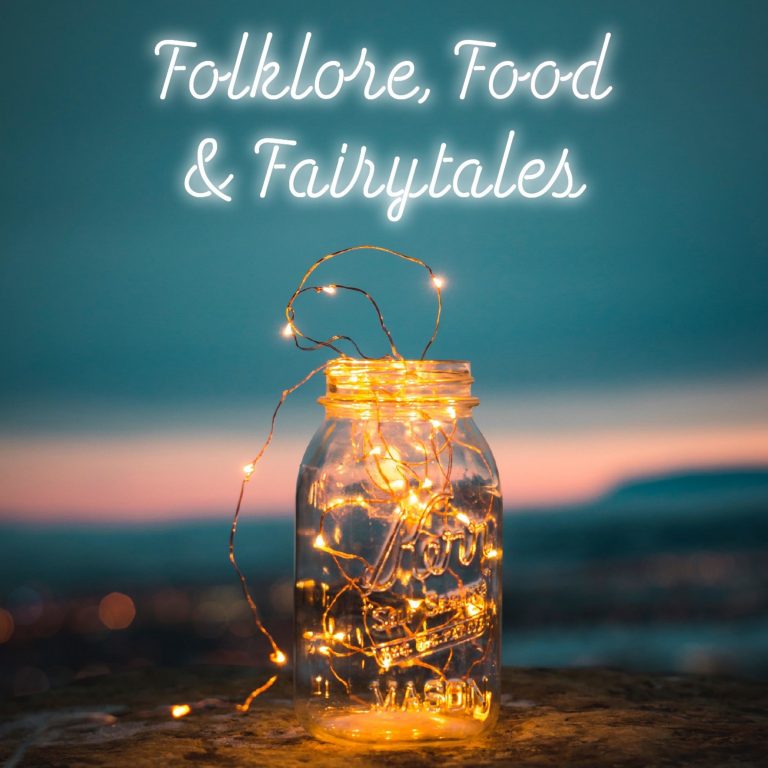
Many Drinks Ahoy
Today we are going to look at the folklore and history behind our festive drinks. This is such a huge topic that I couldn’t do it justice in full so I have concentrated on older traditional drinks which have more attached to them in the way of ceremony and folklore. I have included a couple of non-alcoholic drinks in the historic recipes section as I think there is definitely a need for some more sober options.
That being said, a lot of this post is about celebration drinks in which mostly involve alcohol. I appreciate that this may be a difficult area for some so I thought I’d make that clear and if you feel its appropriate you can take the opportunity to give this week’s blog a miss. I’d love to see you back next week for my pudding episode.
Festive Folklore & Drinking Culture
The festive period in the England is a rich seam for traditions and ceremony around drinks, we’ll be looking at Wassail and what that involves as well as some lesser known, more localised traditions as well as a quick peep at Scandinavian pagan beliefs. Some of those seem to have started in time immemorial and no-one can be quite sure whether it was just another excuse to drink or whether the folklore tradition came first.
Those Scandinavian Pagans
We’ll start with those Scandinavian Pagans. It is believed by some experts that pre-Christian pagans used to make special beers for their midwinter festival of Yule. The reasoning behind this is fairly simple and logical as Odin was believed to be the God who taught humans how to brew alcoholic drinks. In order to celebrate and give thanks for the knowledge at a time of feasting stronger, darker and more highly spiced beers were made in order to toast Odin.
The tradition of the spiced, strong beers in the winter has continued but is now celebrated as part of Christmas as medieval law required every household to bless and drink Yule Beer. The beer had to be blessed in the name of Christ & Mary for peace and a good harvest. St Thomas also became part of the tradition St Thomas Day on 21 December was associated with the day that everything has to be ready for Christmas including the brewing so the saint is sometimes known as Thomas the Brewer.
Calendar Sticks in Isolation
The Norwegians were much isolated by their weather without modern technology so they carved calendar sticks called primstavs to help them keep track of all the feast days. There is a primstav in the Norwegian Folkesmuseum where Christmas on December 25 is shown with a big drinking horn, while Tomasmess on December 21 is marked with a barrel with a person on top. Norwegians used to visit each other on this day to try each other’s Christmas ale.
Germany has a similar tradition around brewing special Christmas Beers of a similar style but there is no Odin or St Thomas connection that I have been able to discover. There were also similar traditions on St Thomas Day on Orkney to those in Norway. St Thomas Day was also the day in England for ‘Thomassing’ or Mumping’ where those people who would have struggled to have survived through the winter could go to houses of those who were more fortunate and ask for supplies. These supplies took many forms and were often bread, meat, cheese or fuel but sometimes included ale to take away and individual cups of spiced ale were often served to those mumping.
Church Ales & Other Christmas Beers
In England pre the Reformation monasteries began to brew ferment special beers to be sold to the public on feast days. These were known as church ales: Christmas ale was second only to Whitsun in this hierachy of special brews. A lot of ale was brewed at home or bought locally in England so it is very possible that special ales were made for Christmas, including one I discovered known as Orange Ale.
A Wassailing We Go
So to Wassailing, there seem to be as many different ceremonies as there were orchards but the general principle was to bless the orchard so it would produce a big harvest the following year. This was done by scaring away any evil spirits and toasting the protective spirit of the orchard usually by placing soaked toasts in the tree branches and pouring cider on the trees. This takes place normally on twelfth night but there are Christmas Eve ceremonies in some parts.
Wassail is a hot spiced cider punch which forms a big part of that ceremony. It originally started of a warm mead to which roasted crab-apples were added, creating a fluffy top to the drink know as Lamb’s Wool. It then progressed to a mulled spiced cider topped with spices of toast drunk from a large bowl. Modern recipes have moved further away again. Some of the Mumping on St Thomas Day was specifically to ask for supplies for Wassaling. The name of the ceremony comes from Old English.
Lambswool or Is it?
Spiced warm ale with roasted apples dropped into it to make lambswool was also popular on Christmas Eve in Nottinghamshire way outside of Wassailing areas so it was clearly a popular celebration drink even if there were no apple tree spirits to toast. Another hot, spiced ale was also to be found on the Isle of Man where Jough-ny-nollick was drunk on Christmas Eve. This beer was brewed specially by everyone that could afford to.
In some counties, especially in the north, the Yule log was connected directly to beer consumption as whilst it burned the servant received an ale allocation with all their meals. It was therefore in their interest for it to be the biggest log that could fit in the hearth. Larger houses would also provide a large keg of strong Christmas beer which they would distribute along with good cheese and bread on the morning of Christmas Day to their tenants and servants.
Other Drinks are Avaialble
There were also traditions associated with other drinks, at New Year it was fairly common for a warm possett made of milk, ale, eggs, currants, and spice to be prepared, and in it was placed the wedding-ring of the hostess; each of the party took out a ladle full, and tried to fish out the ring, as it was believed that whoever was fortunate enough to “catch” the ring would be married before the year was out.
As you can see from these traditions many drinks served at this time of year had spices and/or heat in common and that brings to our recipes and sources of our traditional festive drinks. As with all these things there is a big difference between what was drunk by poorer and wealthier families but that gap was not quite so large before drinking spirits became popular.
Its Medicinal
England was about 100 years behind other European in the popularity of distilled spirits although we had the knowledge at around the same time. England preferred to use distillation techniques for ‘medical’ waters and tonics rather than large scale spirit manufacturing.So before spirits and mixed drinks became popular the big festive drinks were stronger, spiced Christmas ales and mulled wines, ales and ciders. Possets were also popular especially with women.
Water was Actually a Thing
I would also like to take a second here to dispel the myth that everyone including children was cheerfully knocking back small beer due to the quality of the water. There are a couple of reasons for this, outside of towns pre the industrial revolution water supplies were not that bad and people, even in towns, knew to avoid water that smelled or tasted bad. Most people could source reasonable water. The other reason for this is that pre Pasteur and 1861, germ theory had not been discovered even if bacteria had been spotted.
People simply did not know how water could make them ill and that boiling the water would remove most toxins. Small beer was consumed by a lot of people because of its nutritional content and easily absorbed calories not because it was safer than water.
Normal Service is Resumed
Lecture over, lets get back to those lovely mulled and buttered ales and spiced, mulled wines. We’ll start with the ales. In 1594 The good Huswifes Handmaide for the Kitchin contained the recipe for Buttered Beer
To make Buttered Beere.
The good Huswifes Handmaide for the Kitchin, 1594”
Take three pintes of Beere, put fiue yolkes of Egges to it, straine them together, and set it in a pewter pot to the fyre, and put to it halfe a pound of Sugar, one penniworth of Nutmegs beaten, one penniworth of Cloues beaten, and a halfepenniworth of Ginger beaten, and when it is all in, take another pewter pot and brewe them together, and set it to the fire againe, and when it is readie to boyle, take it from the fire, and put a dish of sweet butter into it, and brewe them together out of one pot into an other.
In 1660 Robert May provided several additional recipes for warm buttered ales: most of which involved warm ales, spices, eggs, butter and sugar a similar method as the Huswife’s handmade moving the mixture container to container over a fire until you get something similar to the more modern drink known as an egg flip. There is also a Devon specialty that uses cider instead of ale although sadly recipes are hard to find. Nothing much had changed with E Smith’s recipe in The Complete Housewife or Gentlewoman’s Companion of 1773.
We however do start to see changes by 1826 when Margaret Dods has a Edinburgh/Glasgow specific recipe called a ‘Hot Pint’ which was similar to a mulled ale but contained spirits as well as the instructions to prevent them causing curdling..
Hot Wine & Friends
Hot or Mulled wines were another popular Christmas drink but would normally have been drunk by wealthier people just because wine was more expensive to buy and make. There are also variants which contained port and juices known by a series of wonderful names which we’ll get to. The first recipe I have is from 1773 by E Smith again and, similar to the mulled ale, contains eggs and uses a similar method. This would be a rich drink quite different to the slightly more alcoholic recipe from Maria Rundell that contains port and spices and the Eliza Acton 1860 recipe that recommends port but also states that ‘vin ordinaire’ could be used.
She also notes that if you used ginger or currant wine you could add eggs to the warm mixture to make an excellent egg wine so that hasn’t gone away. You will notice that even by this stage no spirits have entered the picture. The mulled wine we drink now is more similar to a German gluwein with added spirits. Other home made wines were served around this period like quince wine, orange wine and much more famously Elder Wine. This was drunk by Jane Austen and there were even stalls selling hot elder wine in Victorian cities.
A Smoking Bishop
We can’t leave this section without examining the more usually named spiced, hot wine drinks like Negus, Smoking Bishop, Smoking Cardinal or Smoking Pope. The last three were known as Ecclesiasticals and the Smoking Bishop is most well known. It even appears in Dicken’s Christmas Carol. It is another warm spiced wine drink but with interesting addition of a hot burnt spiced orange which added bitterness and depth of flavour as well as the smoke I imagine.
I struggled to find early recipes although its existence in print dates from around 1745. There are several Victorian ones though including Eliza Acton’s which strangely swaps the orange for a lemon. I have since read that this may be a geographical distinction. The other Ecclesiasticals were similar to each other and were just based on different wines. Negus it turns out, is just quite a modern recipe for mulled wine. I must admit I was hoping for more.
May I Interest You in a Posset?
Hot spiced possets were also popular, these were rich spiced drinks based on an egg/cream mixture with the alcohol of your choice as well as spices. Hence we have Sack (a sweet Spanish wine)Posset, Ale Posset, Wine Posset, Orange Posset and more interestingly Snow Posset and Pope Posset. These again did not contain spirits although they may have used a fortified wine.
Or Would You Prefer a Punch?
You probably wondered if we’ll ever get to those spirits and we will now in the form of Punch. The first recorded recipe is in Hannah Wooley’s 1670 book and its very basic but abides by the rule of punch which required the drink to have something sweet, something acidic, spice, spirit and another liquid. Why were the English so behind in spirits drinking do you ask? Well its complicated and is probably because they were expensive and we also didn’t drink them because they were foreign. Definitely the English approach.
There are essentially four things you can spirits to make them palatable once you’ve distilled them (particularly in the case of early spirits which tasted burnt). The first is to keep them in barrels until time and the barrels did their stuff, the second is to add them to things that taste nice until the spirits taste nice; third, mixing them with herb and botanicals and redistilling them or fourth, filtering the bad things out. I’ll leave it up to you to work out which modern spirits do which.
The Original Mixologists
The English chose the mixing option and Punch was born via long sailing voyages, the East Indies and sailors who will drink anything. This a very basic summary and you could do no better than track down David Wondrich’s Punch which explains it much better than I do and provides wonderful drink recipes to boot.
Punch was very expensive once, it was not accessible to the working classes because you basically had to buy a big bowl full of expensive ingredients. You share this with friends but even so. You couldn’t at its beginnings just buy a glassful in the way of a modern cocktail until on enterprising coffee house owner (John Ashley) provided that option and arguably invented the modern cocktail.
Moving into the Mainstream
It was however a celebratory drink that you shared with friends so you can see how it eventually became a drink for parties and celebrations especially at Christmas. Once it had reached the later Victorian age even women could drink it! It wasn’t a straightforward journey but it had become both respectable and a little cheaper. The accessories had also got much more extravagant and good to show off in company.
The late 17th Century recipes were all very similar to Hannah Wooley’s but as time went the methods and recipes became more and more elaborate and even detoured into Milk Punch which resembled eggnog in some ways. I have provided various recipes for your entertainment but I think the the most extravagant is the recipe that was apparently made for the Prince Regent.
A Drink Fit for a Prince
This contains a syrup made with citrus fruit, strong green tea, a glass of rum, brandy, Arak, pineapple syrup, and 2 bottles of champagne but there are doubtless many others that exceeded this. This recipe was presented by Eliza Acton in 1860 so was not just a drink for the notorious, hard drinking Prince Regent but might be made for your Christmas party although hopefully in small glasses.
Time For a More Refreshing Beverage
I think before we leave the heady fumes of a Victorian party we should also look at a couple of non alcoholic historic options. Why should you be left out of the historic fun if you don’t choose or want to drink alcohol. One of the options were a variety of fruit vinegars which could be added to soda waters or barley water. These were also know as scrubs but you do need to watch out if you are researching them as some of them do contain alcohol. There is a raspberry vinegar which sounds very appealing and refreshing as well as a good barley water.
Raspberry Amaretto Sparkle
1
servings5
minutesThis is a lovely festive cocktail but frankly works well at any time of year. Frozen raspberries actually keep the drink colder so actually might be better than fresh. it also makes it a store-cupboard cocktail but its still glamorous. Sparkles are the best.
Ingredients
Raspberries (fresh or frozen)
Amaretto (the original or a good copy)
Cava or any other sparkling wine
Directions
- Put 3 or 4 raspberries in the bottom of a champagne glass
- Add 30ml of Amaretto
- Top up glass with cold cava
Further Reading
Punch, David Wondrich
Botanologia. The English Herbal: Or History Of Plants – 1710, William Salmon
The Family Dictionary, or, Household Companion – 1696, William Salmon
Club Life of London – 1866, John Timbs
A New System of Domestic Cookery – 1842, M Rundell
A New System of Domestic Cookery – 1810, M Rundell
The Husbandman’s Jewel, 1695 G Markham (allegedly as he was dead at this point)
The Queen-Like Closet, or Rich Cabinet – 1670, H Wooley
Modern Cookery for Private Families – 1860, Eliza Acton
Cook & Housewives Manual – 1826, Margaret Dods
The Complete Housewife or Gentlewoman’s Companion – 1773, E Smith
The Accomplisht Cook – 1660, Robert May
The good Huswifes Handmaide for the Kitchin, 1594
British Popular Customs, Present and Past / Illustrating the Social and Domestic Manners of the People. Arranged According to the Calendar of the Year, T. F. Thiselton-Dyer
https://www.ramptonandwoodbeck-pc.gov.uk/uploads/tradition-of-st-thomas-day.pdf
http://www.orkneyjar.com/tradition/yule/yule5.htm
https://www.oed.com/view/Entry/19454?rskey=dGH3By&result=1#eid
https://britishfoodhistory.com/2018/12/14/smoking-bishop/
If you are interested in learning more about me, try here or I can be found sharing my opinions via twitter on @FairyTalesFood or playing with images via Instagram on @fairytalesfood
Featured Image credit: Marie Cramer – Illustration for ‘Rose Red and Snow White’ in Grimms’ Fairy Tales (1917)

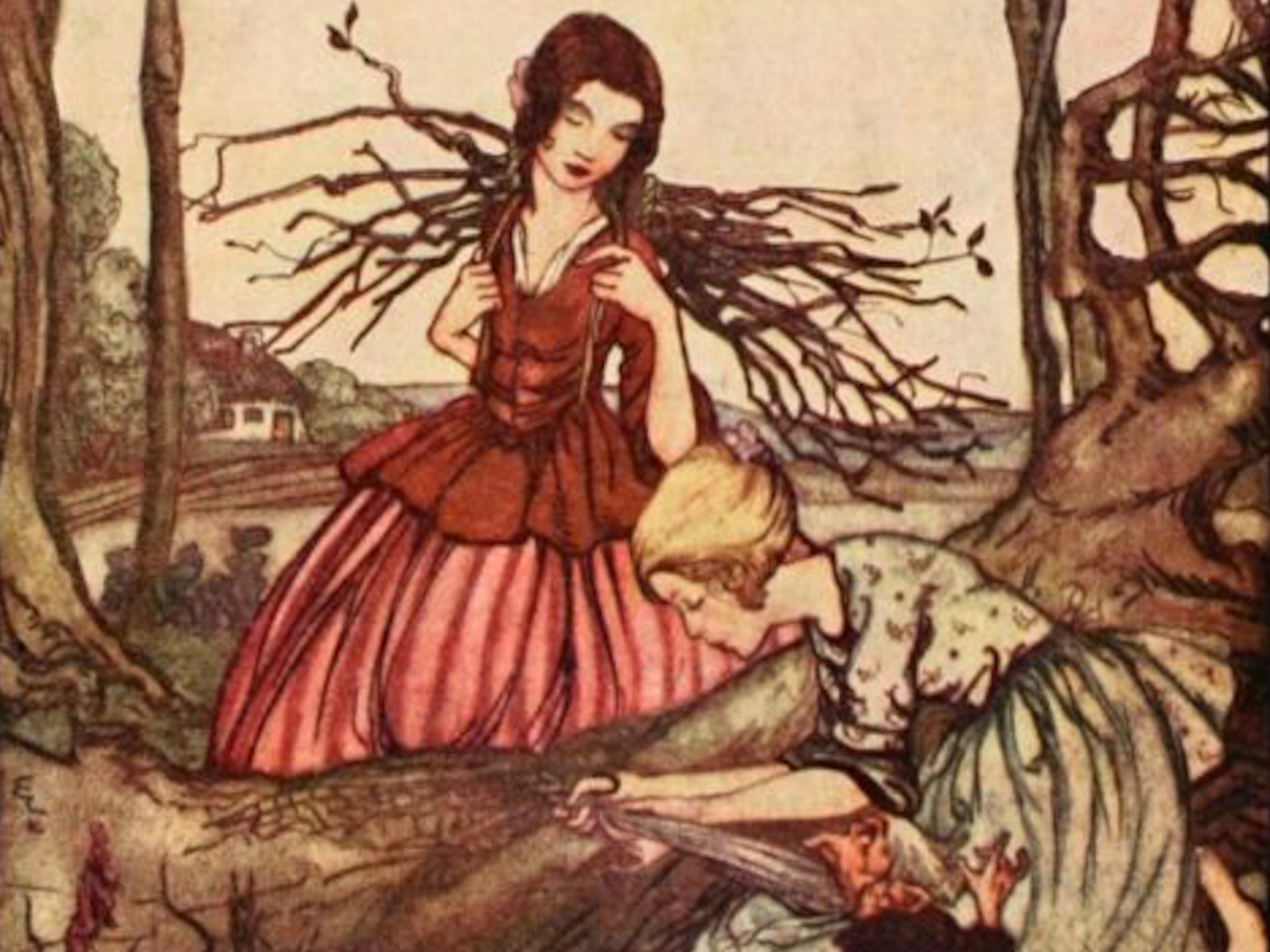

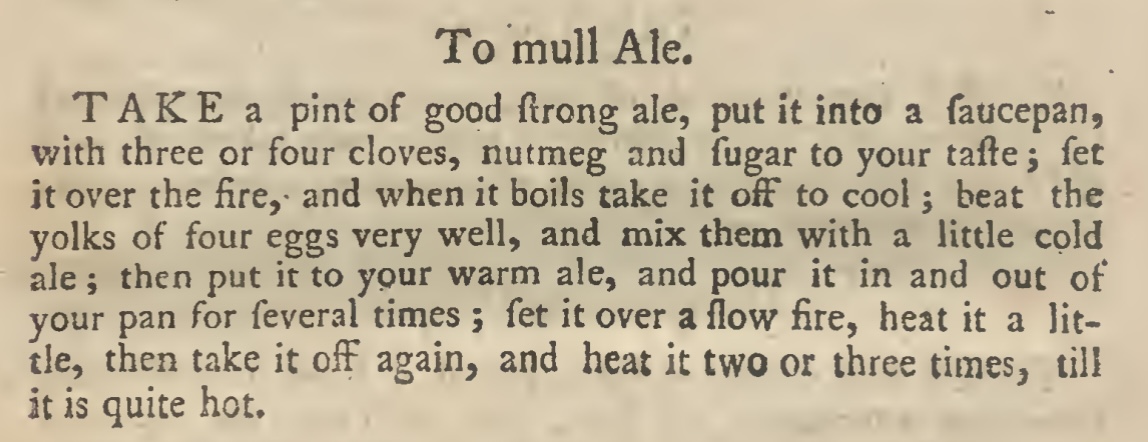

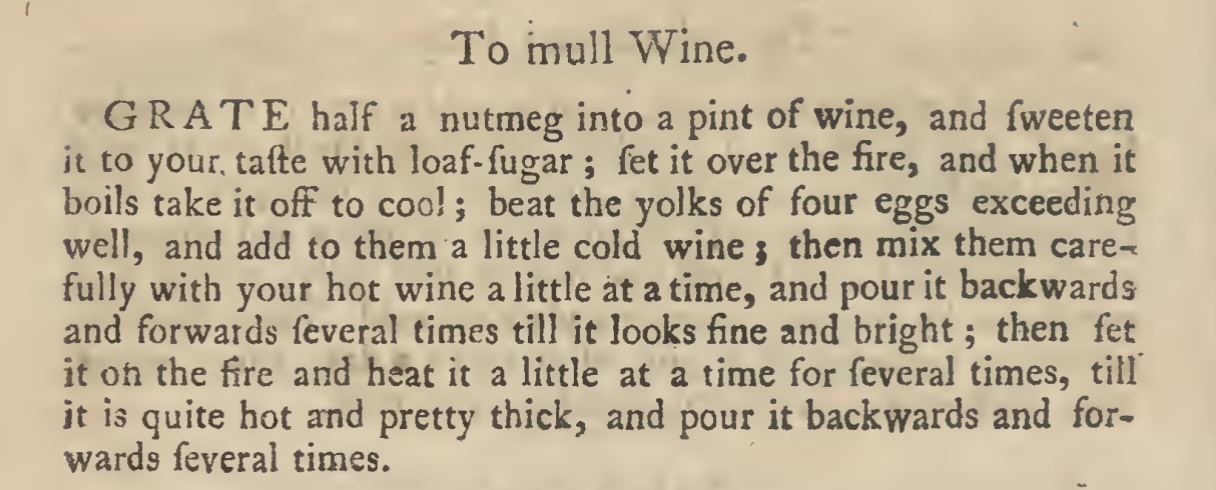


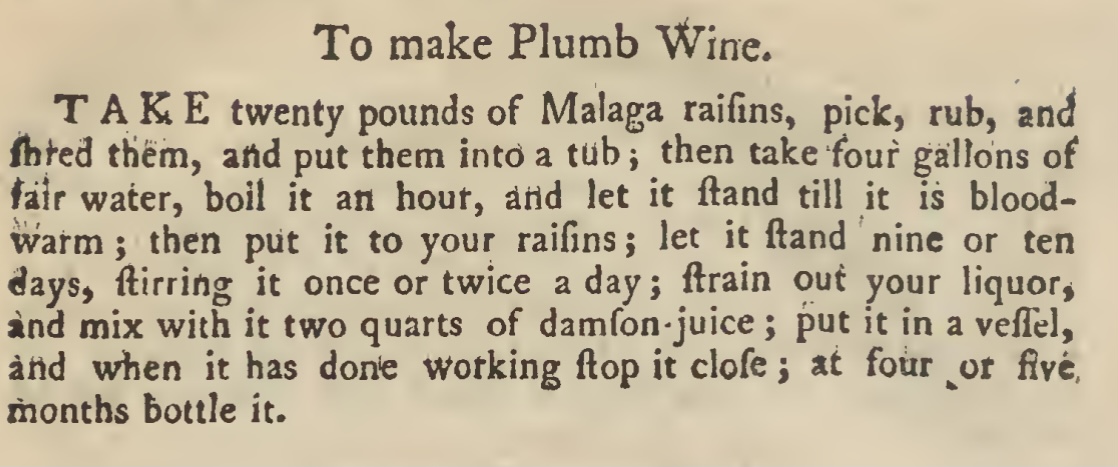
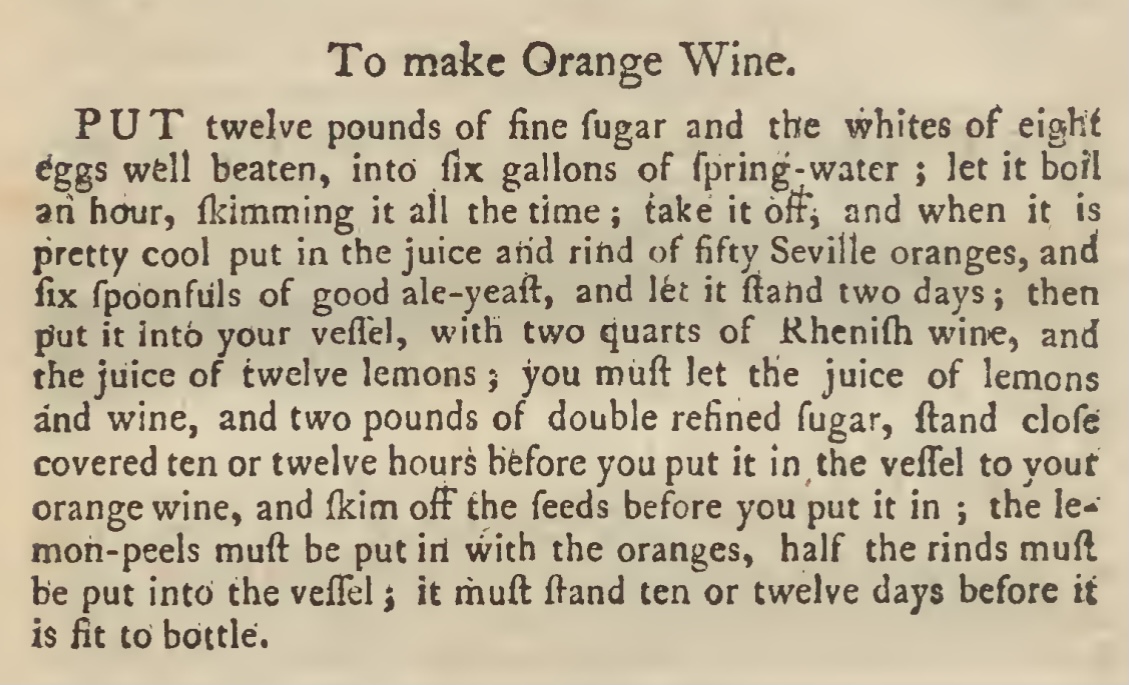
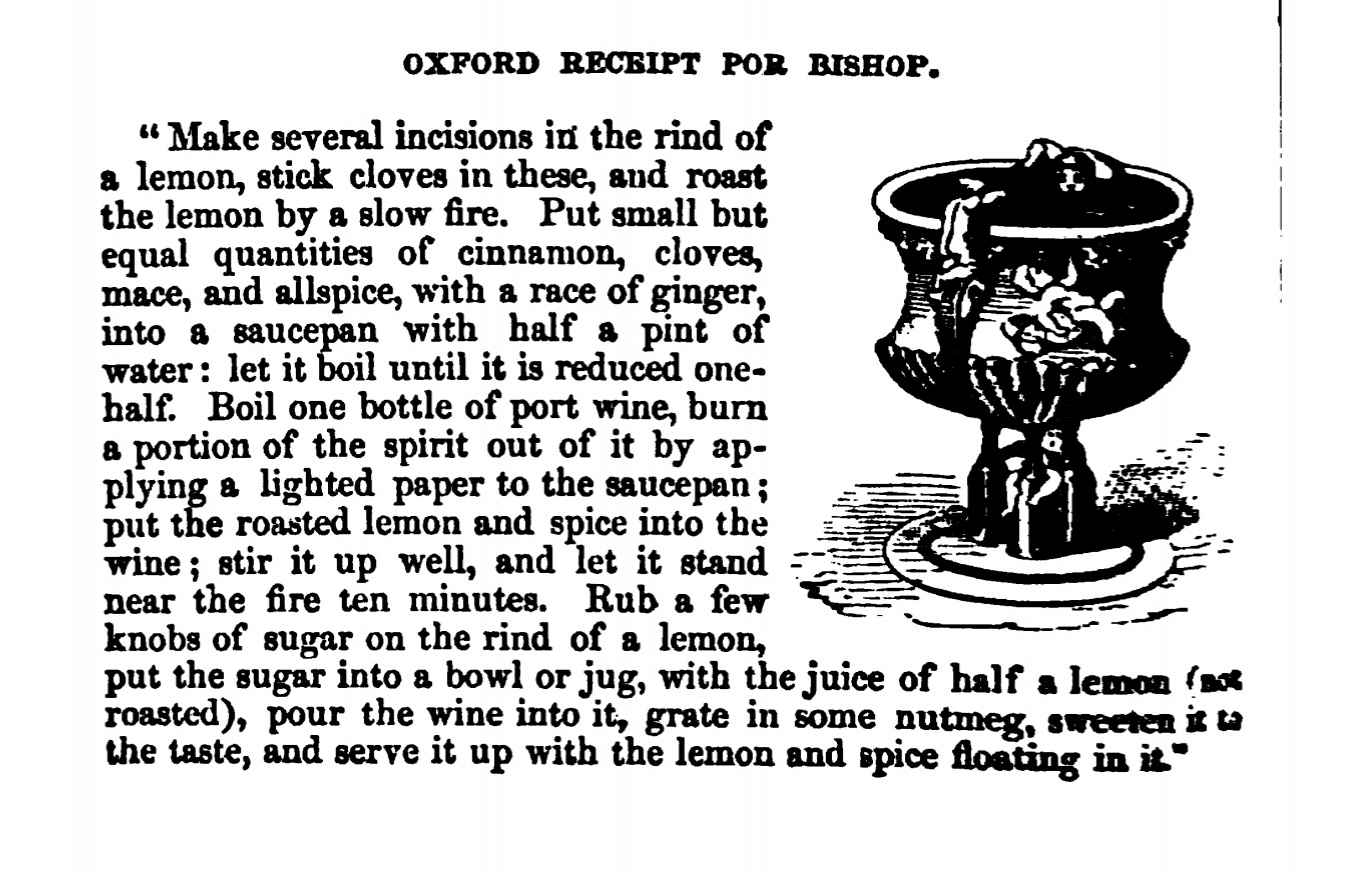
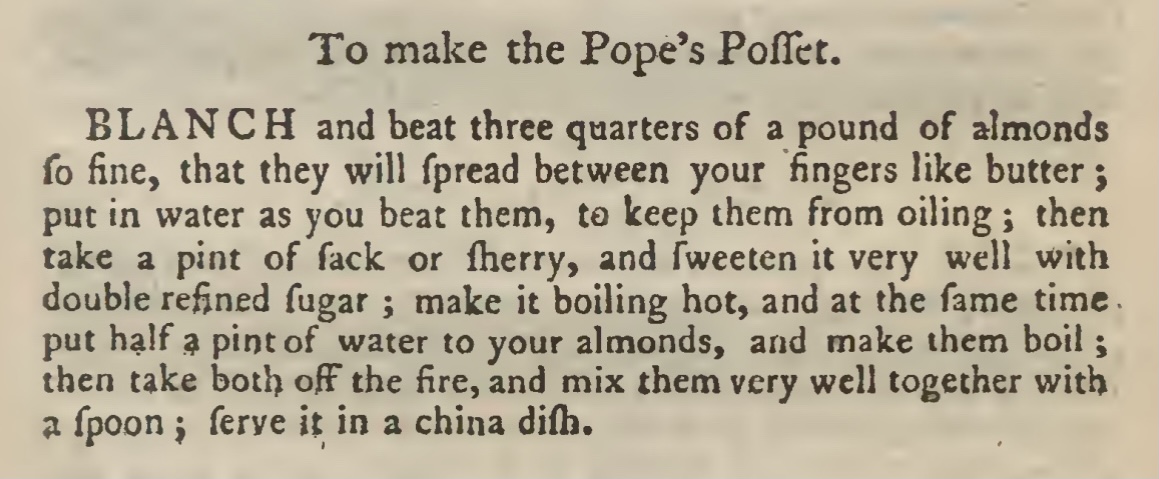
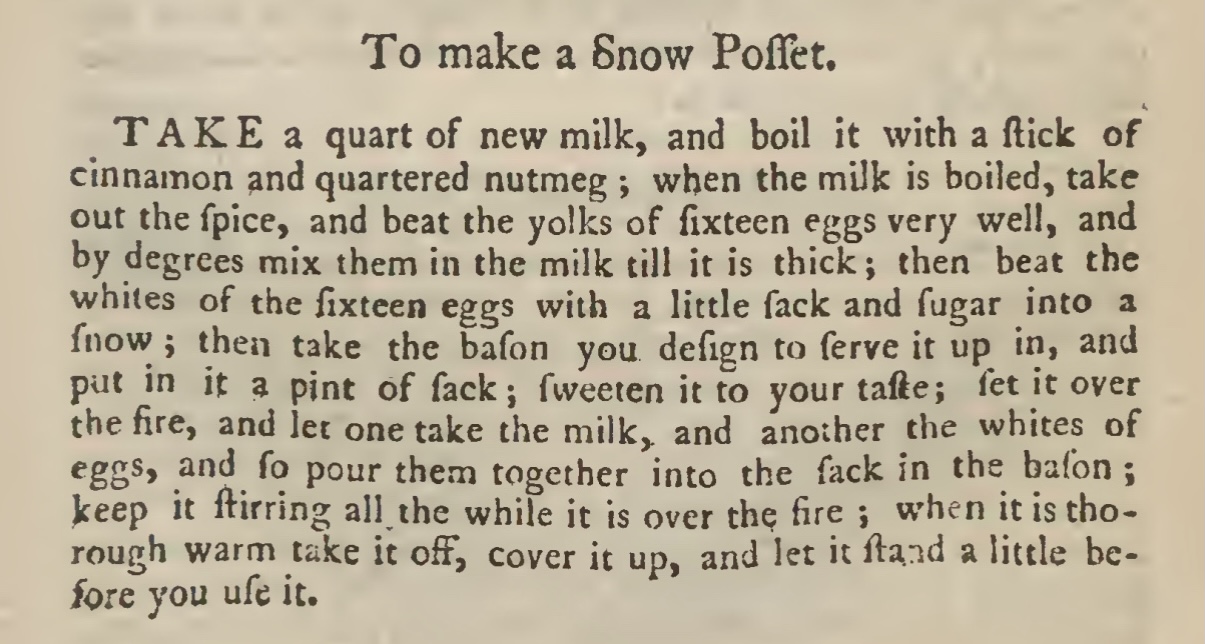
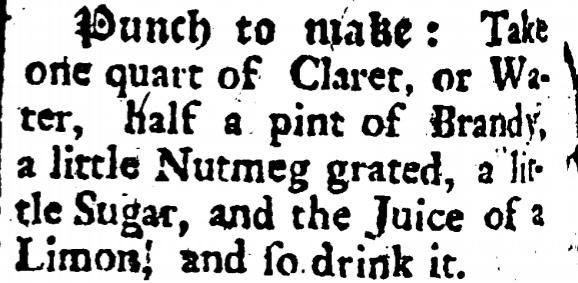
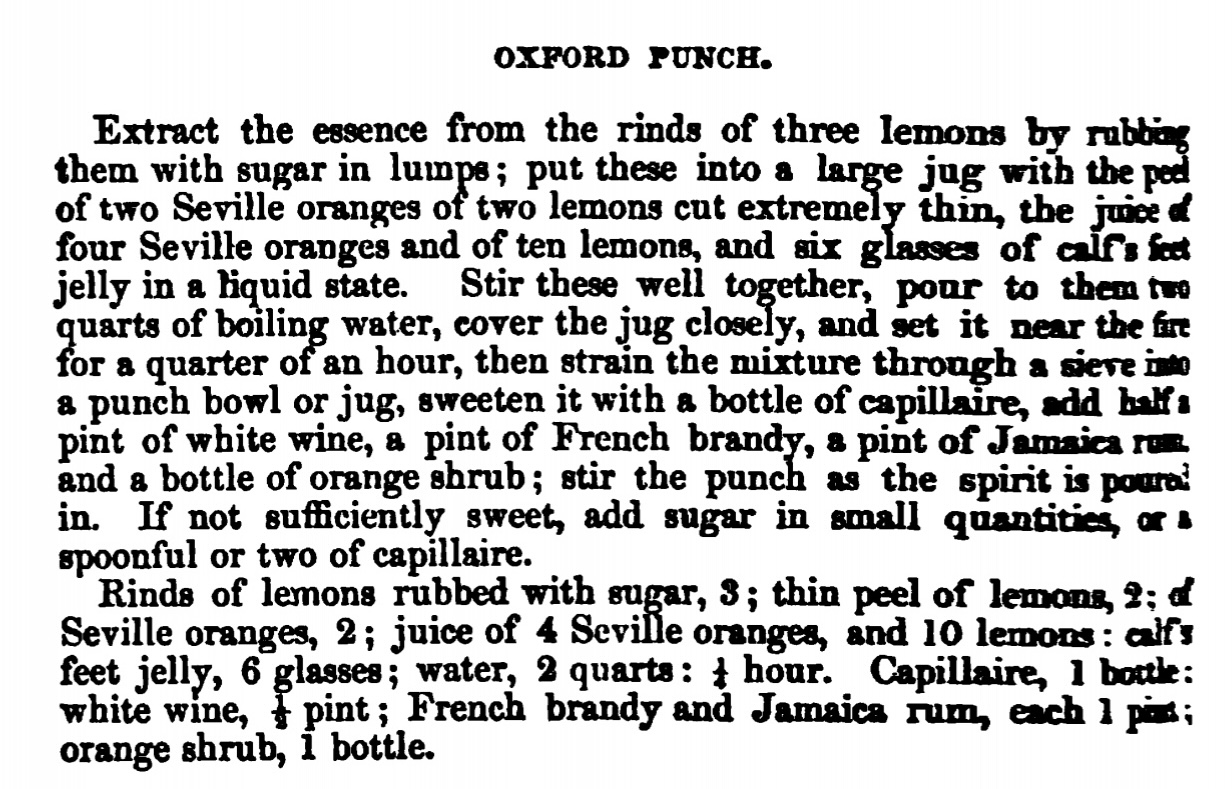

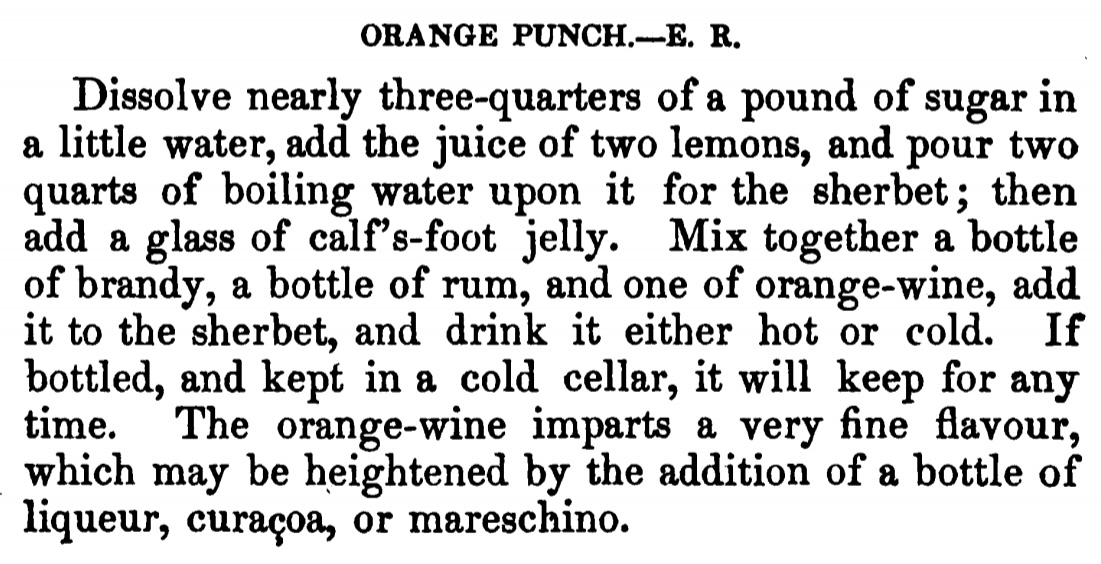

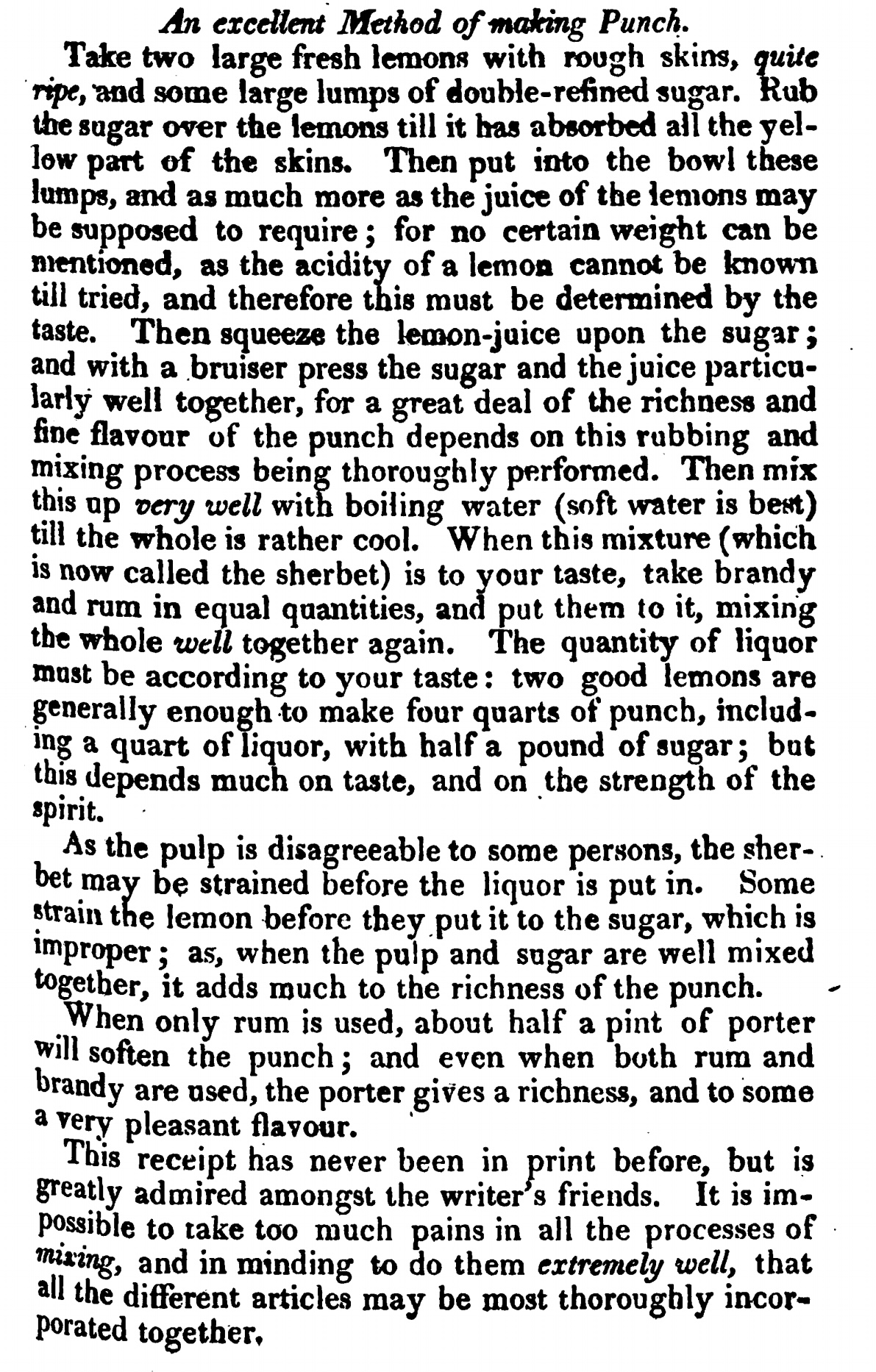
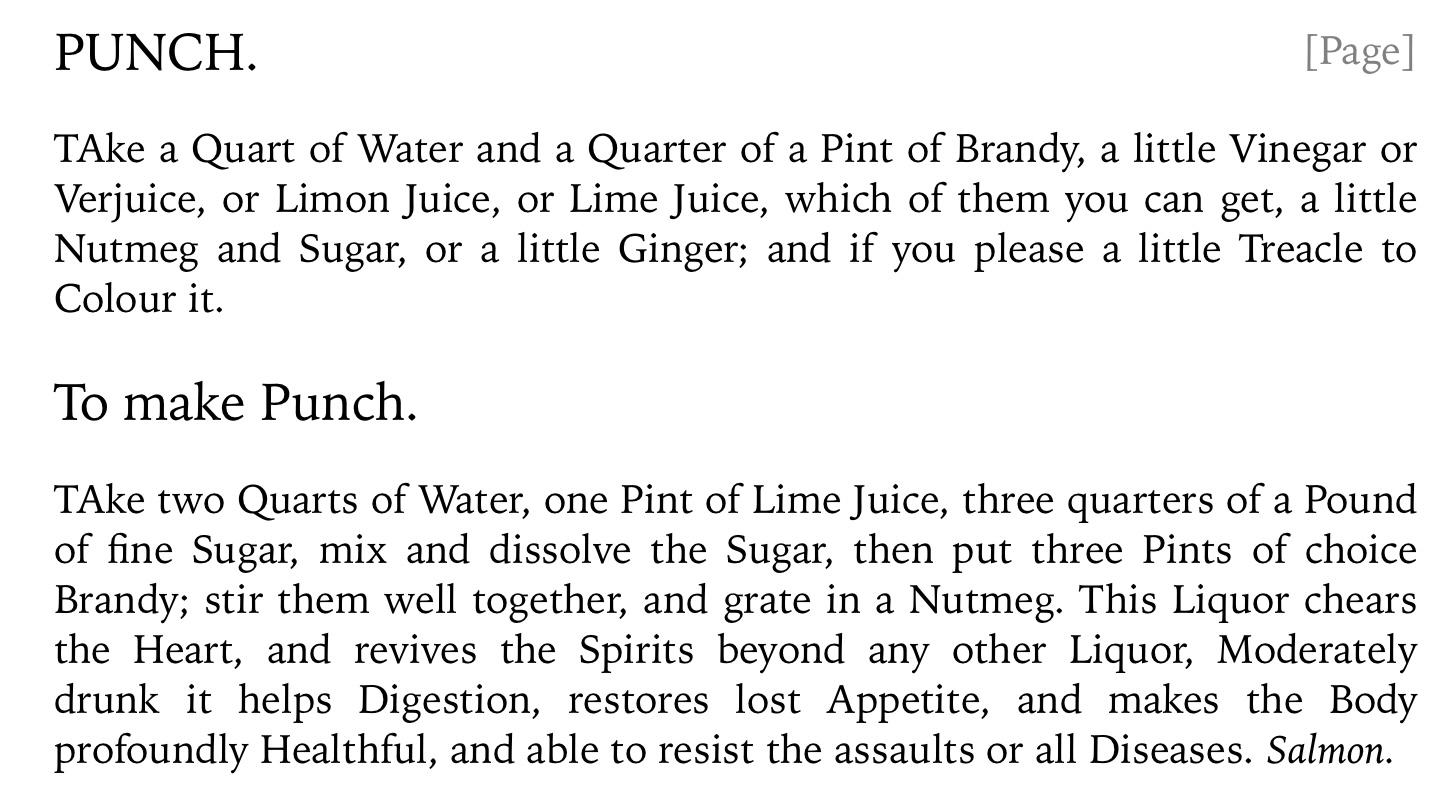



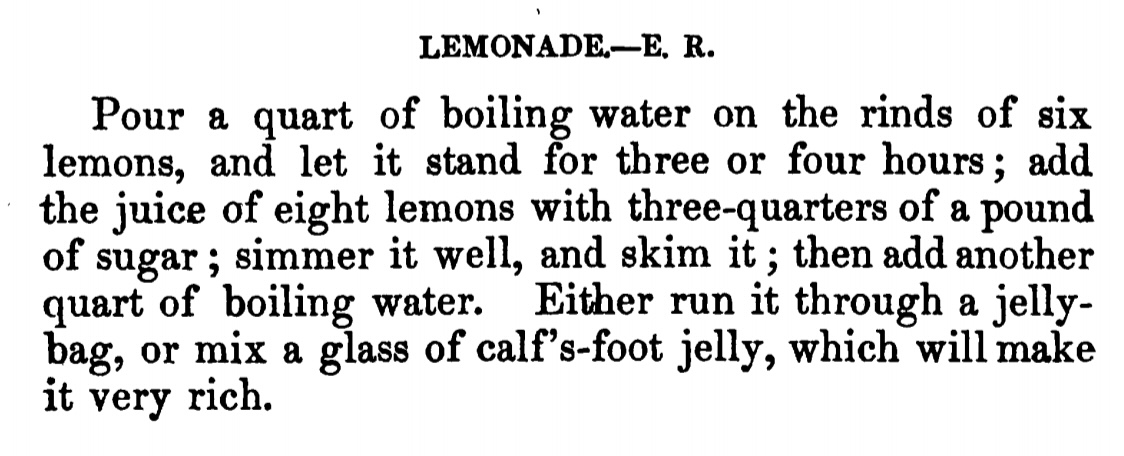

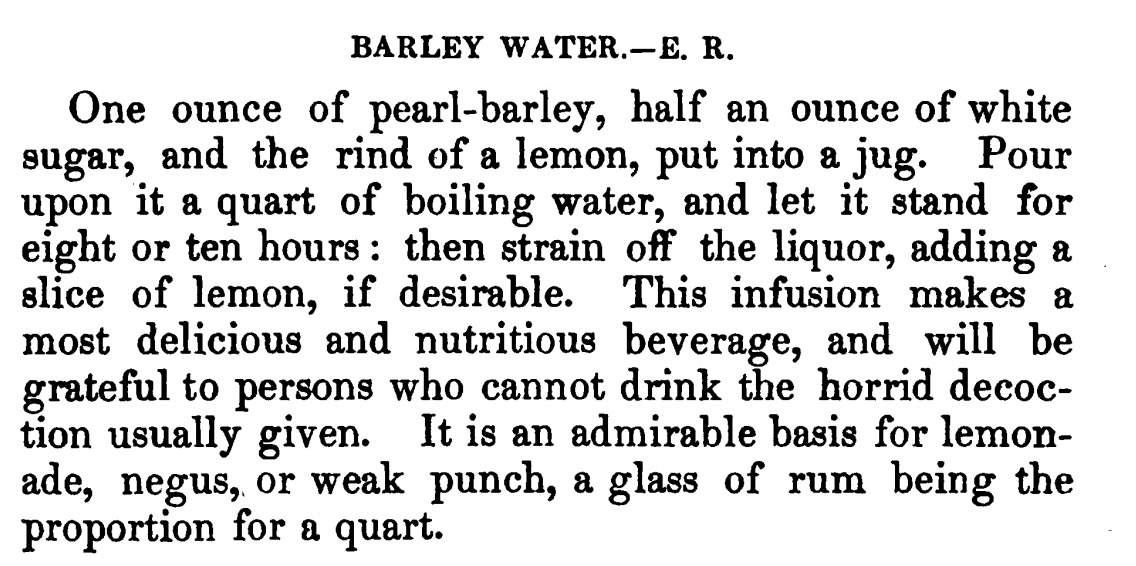

[…] Snow White & Rose Red or The Festive Drinks Furore […]